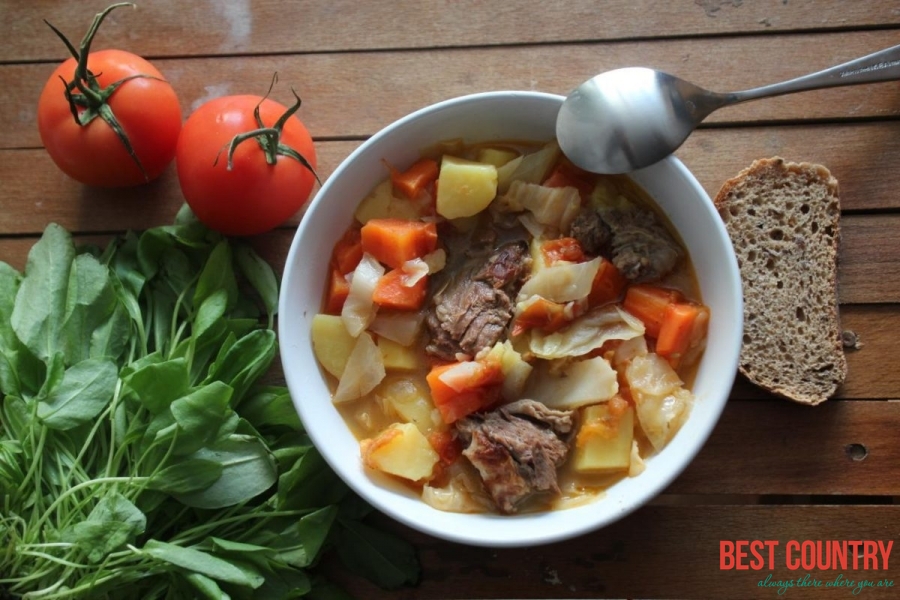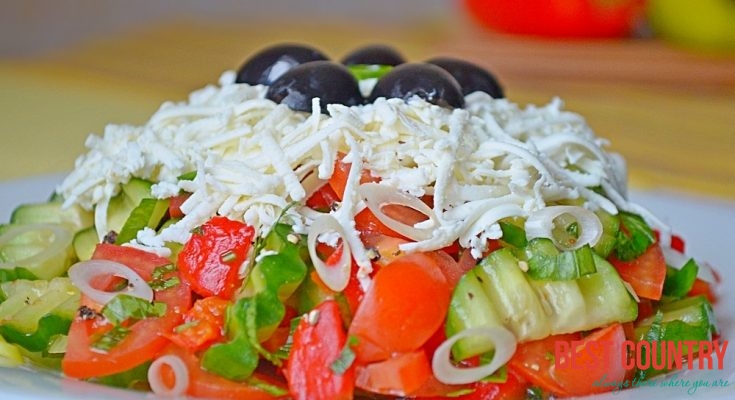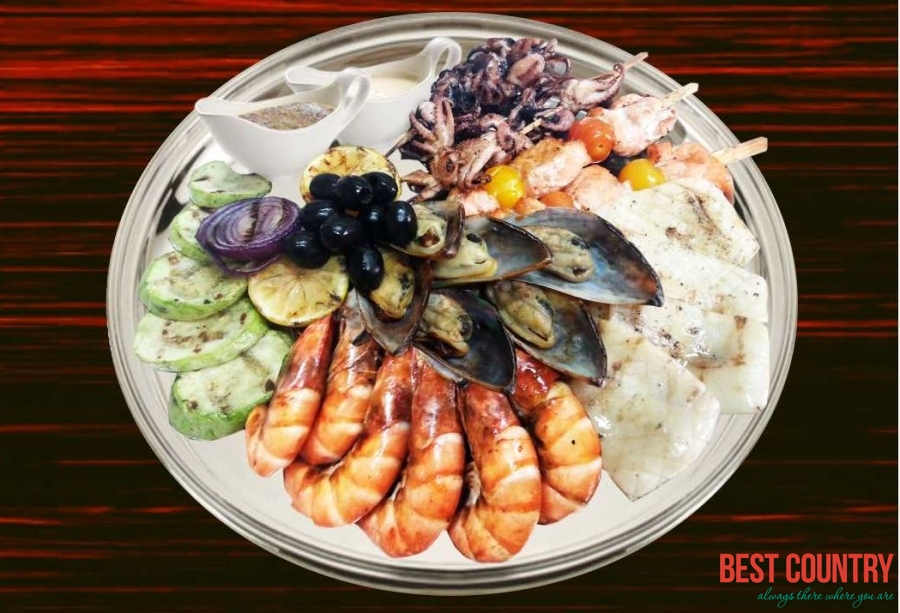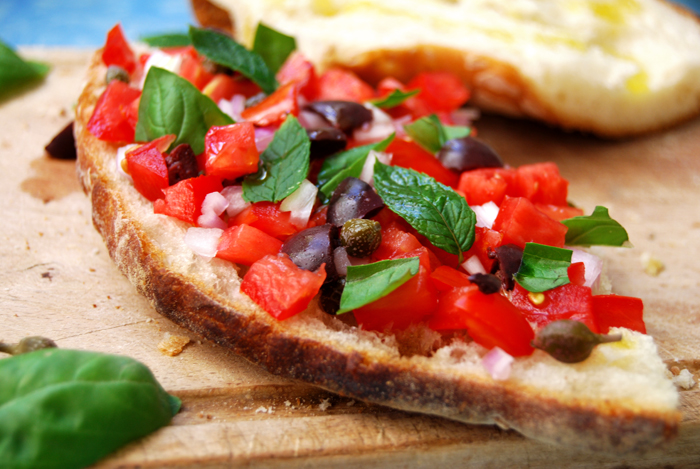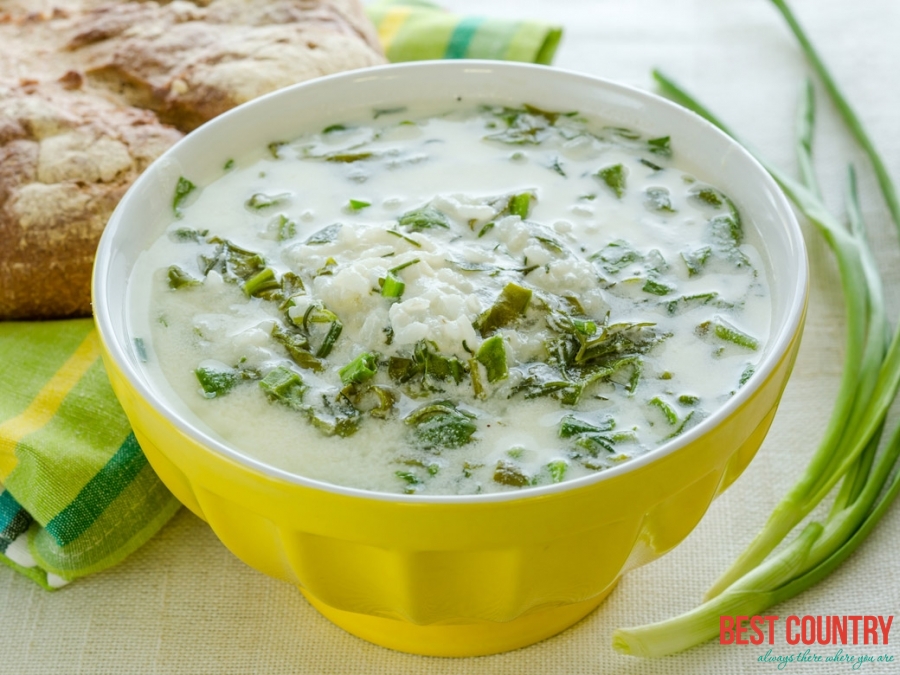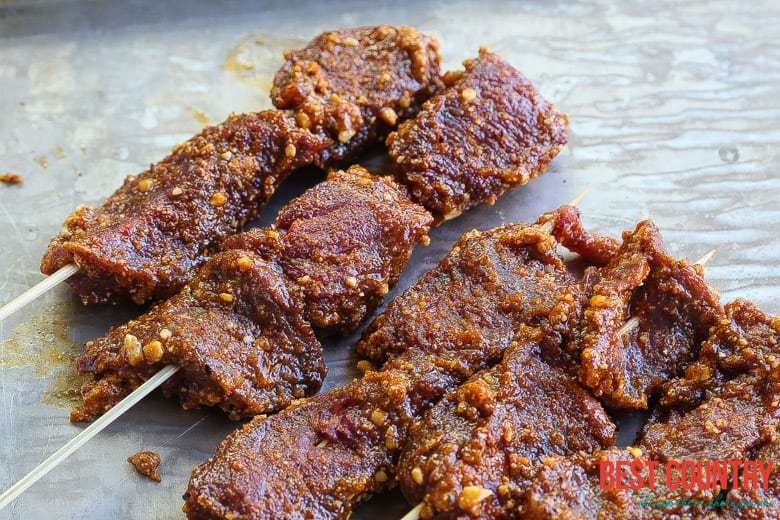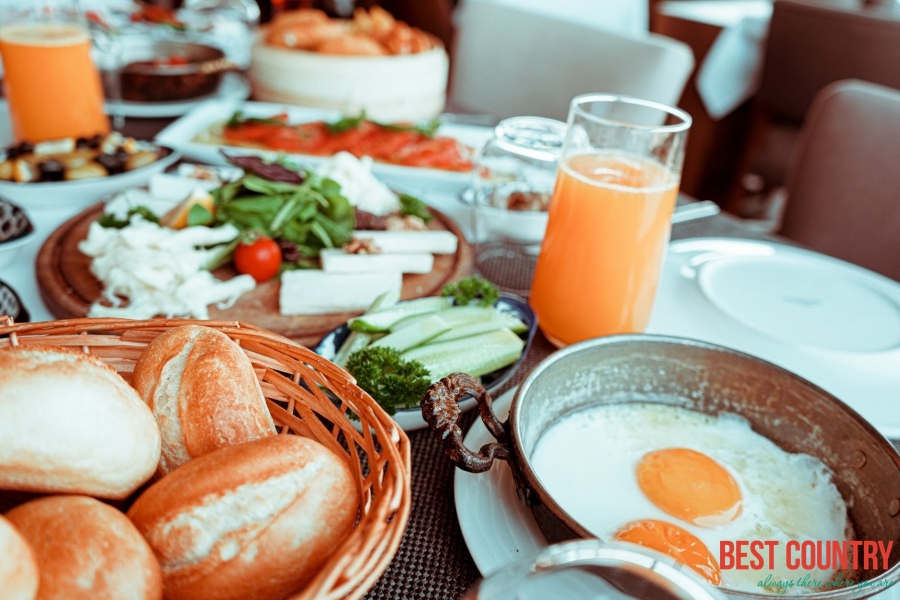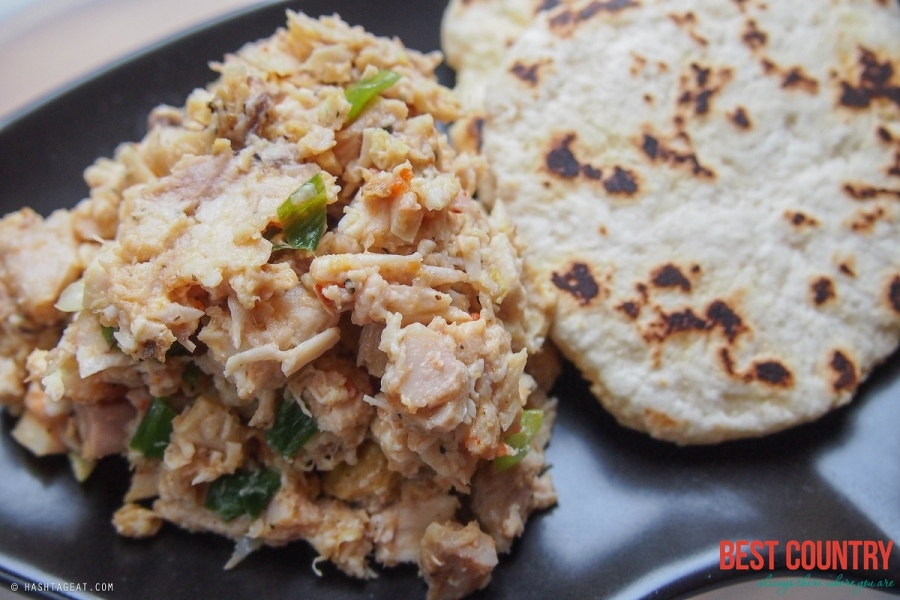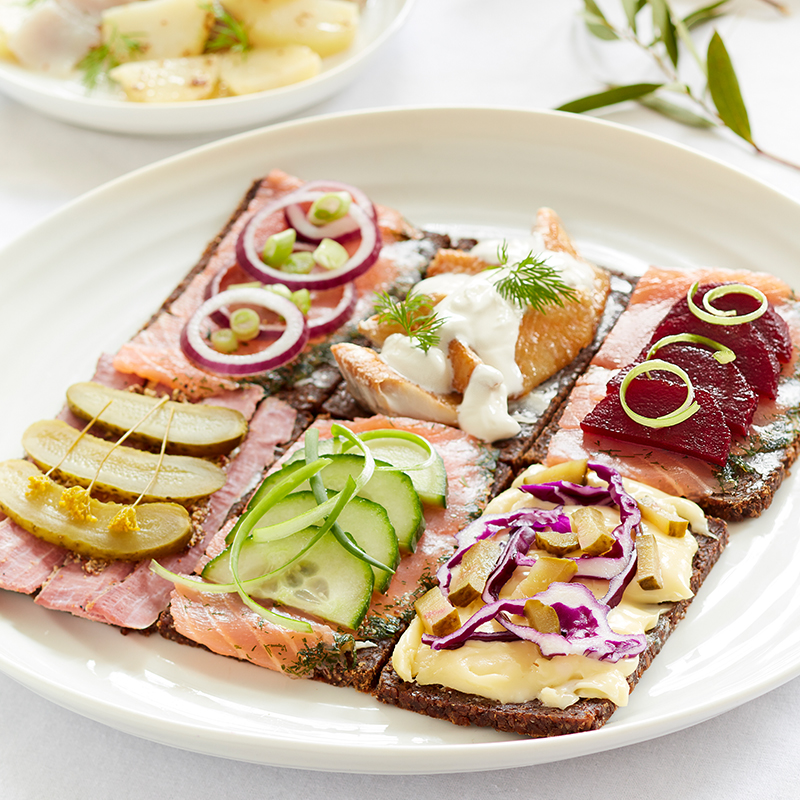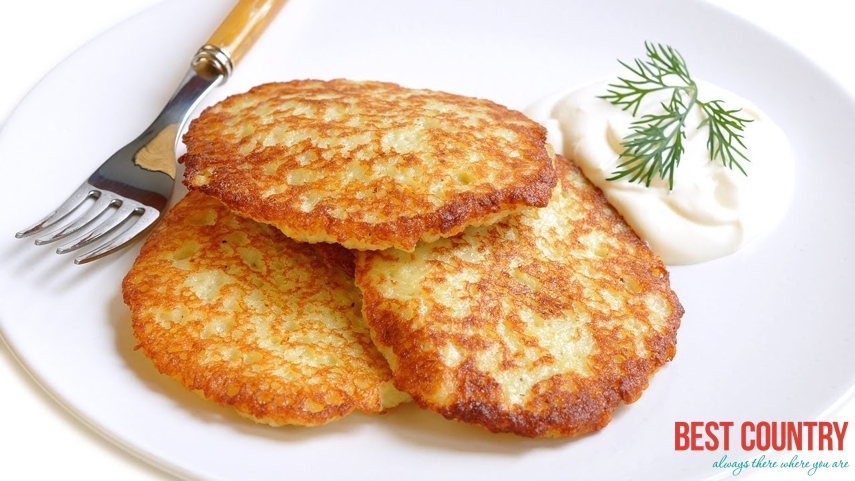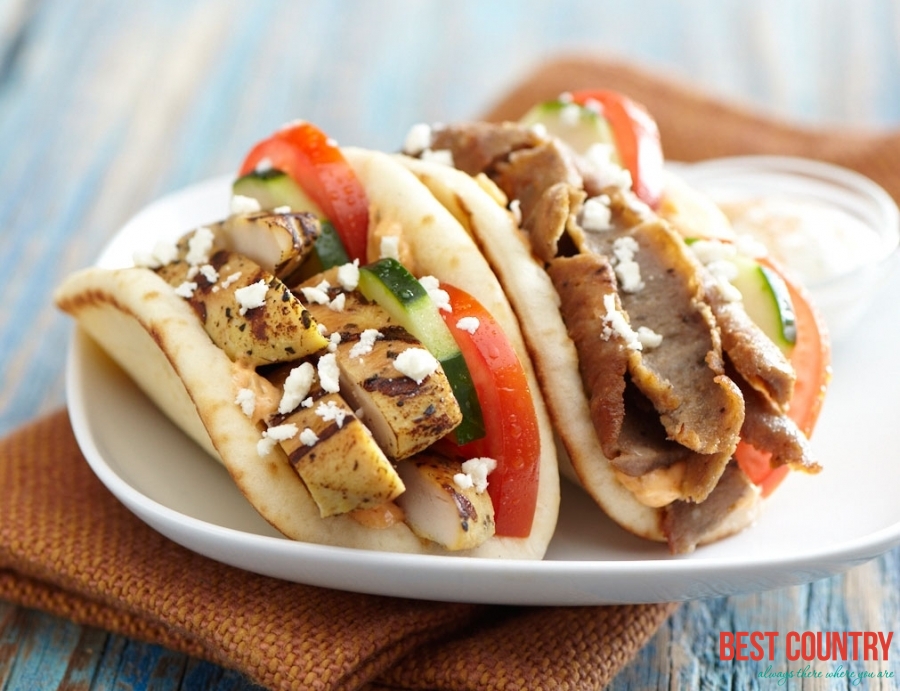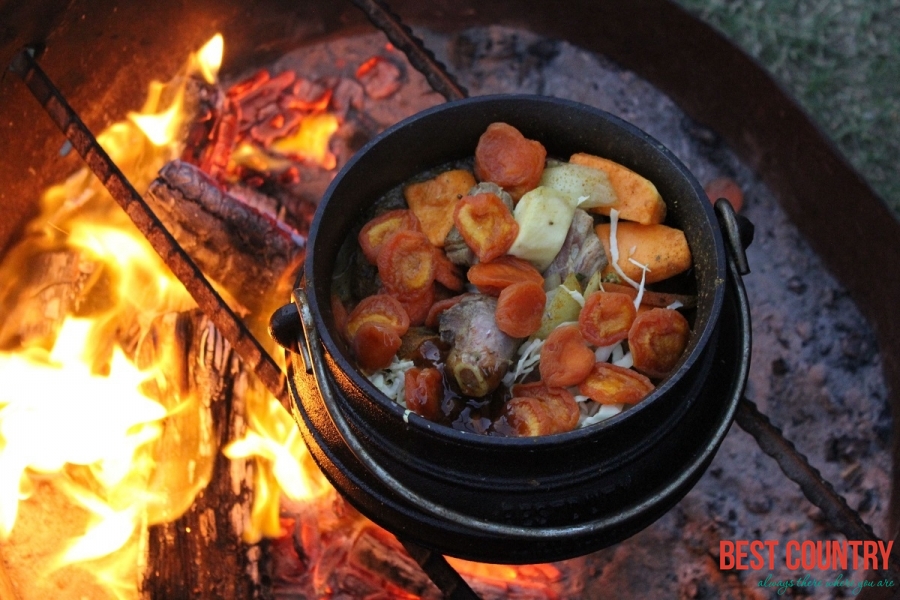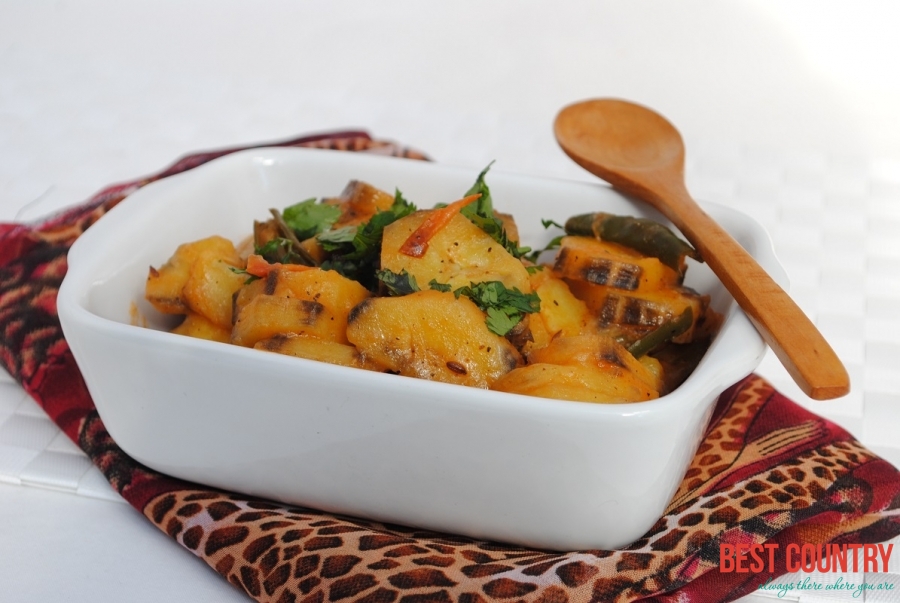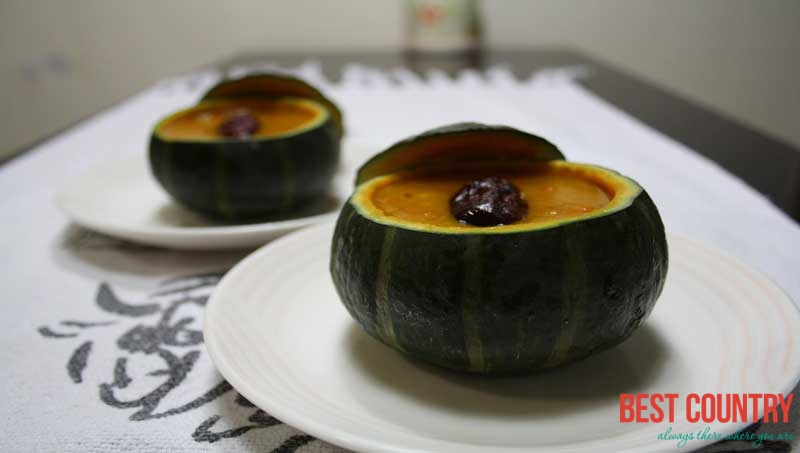International cuisine in different countries
Bosnia and Herzegovina - Cooking and Food
Although Bosnia and Herzegovina reunites three major ethnical groups the preparation methods of cooking and the cuisines are mostly the same. Being a Balkan country, Bosnian cuisine are mainly dishes made out of meat particularly Beef, and Lamb. Still, traditional so-called vegetarian dishes like beans or Grah are cooked.
Bulgarian Cuisine
If Bulgaria is unknown to you, then Bulgarian food will appear even more mysterious. That is why there are certain things you should know before you rush into a tavern and start ordering!
Andorra - Cooking and Food
he Principality of Andorra is located in South-Western Europe situated in the eastern Pyrenees Mountains. Andorra borders with France to the north and Spain to the south. Andorra was both under French and Spanish occupation until the World War II when it became independent. Andorran cuisine is mostly Catalan with French influences due to the fact that it is just between these two countries. Andorran cuisine combines the Spanish and the French cuisine with the local dishes.
Traditional Maltese Cuisine
Food in Malta may not rank as gourmet cuisine, but it is very reasonably priced and there are plenty of places to choose from.
Azerbaijan Cuisine
Azerbaijani cuisine is one of the most interesting one in the world in general and the Orient in particular. It is somewhat similar to traditions of Caucasian and Central Asian people but has its distinctive features. It is remarkable by abundance of the every possible meat, fish and vegetable dishes dressed by fragrant greens and spices.
Nigerian cuisine
Lagos, Abuja and other major cities have a big selection of restaurants, serving everything from traditional Nigerian dishes to French baguettes, excellent sushi and good hamburgers. In short, European, North American and Asian tastes are well catered for, and you'll also find a range of different cuisines from across the African continent.
German Cuisine
Many people know the foods of other nations. Many do not realize that quite a few of the recipes they eat today had their start in Germany! That's right, many of your American favorites were actually German Food.
Guam’s National Cuisine
The cuisine of the island of Guam bears similarities to that of the Philippines, says rumgum. Both were occupied by Spain, so many dishes have a Spanish flavor, though of course there are Asian influences as well. Steamed rice is the main starch on the island; for example, red rice, cooked with achiote and onions, is a common fiesta food.
A Delicious Taste of Denmark
Danish food culture has been cultivated and improved for many generations and is mainly rooted from the old country kitchen and the cold weather conditions in Denmark. The cold and often wet climate in Denmark requires a lot of food with high nutritional values that contains many vitamins - minerals and proteins to mobilise a great potion of energy - which is a vital source - needed for work - school - sports and other form of daily activities - when living in a dynamic and modern society like Denmark that demands plenty of human recourses every day.
Cuisine of Belarus
Belarus cuisine has evolved over many centuries. Traditional dishes from Belarus remain popular – why not try some favourite Belarusian recipes?
Food in Greece
When writing about Greece it is traditional to start with the ancient days of Homer and his heroes, quickly jump through the vast periods of Roman and Turkish occupation, then concentrate on the current offerings in the tourist centres. Since our island of Paros has evidence of a Neolithic settlement (6000 – 2000 B.C.) and a Mycenaean outpost (1,500 B.C. which is before Homer) I will start even earlier. Neolithic is defined as the Stone age evolving into domesticating plants and animals.
Namibian cuisine
The Republic of Namibia is a vast country situated along the south Atlantic coast of Africa at south of the Equator. Namibia, before identified as South West Africa, is bordered by South Africa in the south, Angola and Zambia in the north and Botswana and Zimbabwe in the east.
Rwandan cuisine
The cuisine of Rwanda is based on local staple foods produced by the traditional subsistence-level agriculture and has historically varied between the country's different ethnic groups.
Cuisine of Swaziland
The cuisine of Swaziland is largely determined by the seasons and the geographical region. Staple foods in Swaziland include sorghum and maize, often served with goat meat, a very popular livestock there.
